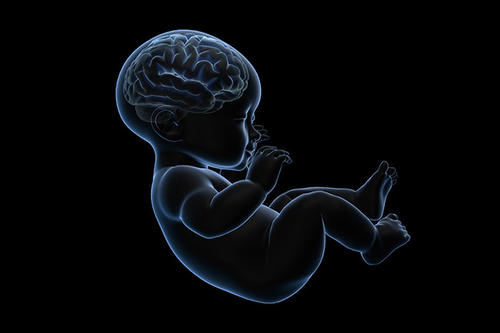
University of Minnesota researchers are partnering with researchers at the University of North Carolina (UNC) in an unprecedented effort to map the development of brain circuitries during early childhood development.
The U of M and UNC—two institutions at the forefront of studying brain development in children—were recently awarded a $4 million grant from the National Institutes of Health to launch the Baby Connectome Project (BCP).
The BCP aims to provide scientists with information about how the human brain develops from birth through early childhood. The research will add to our understanding of what is needed to support that development and the overall health of infants and children in the critical first years of life.
“We expect the data and results ... to have broad implications for understanding the most dynamic period of human brain development,” says U of M assistant professor Jed Elison, who is co-leading the U of M’s efforts along with professor Kamil Ugurbil.
The collaboration, which harnesses the expertise of the U of M’s world-renowned Institute on Child Development and Center for Magnetic Resonance Research, buoys the U’s coordinated effort to close the opportunity gap.
Ultimately, the project will characterize human brain connectivity and map patterns of structural and functional connectivity to important behavioral skills from infancy to early childhood. Biological and environmental measures (e.g., family demographics) will also be gathered to provide a more comprehensive picture of the factors that affect brain development.
Study findings will provide scientists with a definitive foundation to inform new questions about brain and behavioral development, and to enhance policy decisions related to healthy brain development.
Jed Elison is also a leader in discovering new ways to identify young children at risk for developing autism.
- Categories:
- Education





